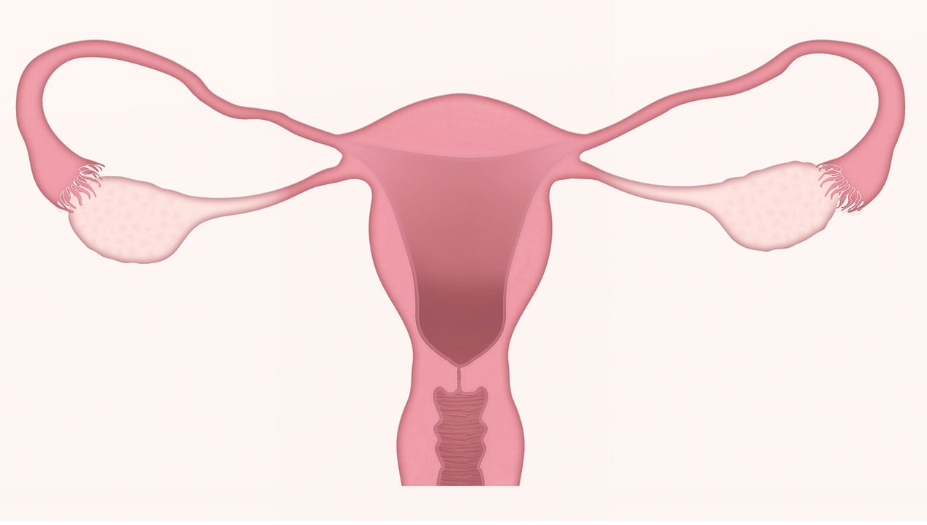
Pessary for Prolapse: Exploring the Pros and Cons for Effective Treatment
Prolapse is a medical condition that affects millions of women worldwide, causing discomfort and impacting their quality of life. One conservative and non-surgical option for managing prolapse is the use of a pessary. In this article, we will delve into the pros and cons of pessary for prolapse treatment, exploring its benefits and potential drawbacks. Read on to learn more about this valuable option for women’s health.
Pros of Using a Pessary for Prolapse:
- Non-Invasive Solution: One significant advantage of using a pessary is that it is a non-invasive approach to managing prolapse. Unlike surgical interventions, inserting a pessary requires no incisions, reducing the risk of complications and the need for lengthy recovery periods.
- Symptom Relief: Pessaries can effectively alleviate the symptoms of prolapse, such as pelvic pressure, discomfort, and urinary incontinence. By providing support to the pelvic organs, a pessary helps improve the patient’s overall comfort and quality of life.
- Customized Fitting: Pessaries are available in various shapes and sizes to accommodate the different degrees and types of prolapse. This allows healthcare professionals to tailor the treatment to the individual’s specific needs, ensuring optimal support and comfort.
- Reversible Option: The use of a pessary is reversible, meaning it can be removed at any time. This aspect is especially beneficial for women who wish to explore non-surgical options before considering more permanent treatments.
- Suitable for Various Patients: Pessaries can be used by women of different ages and health conditions. They may be particularly useful for those who are not suitable candidates for surgery due to medical conditions or personal preferences.
Cons of Using a Pessary for Prolapse:
- Regular Maintenance: Pessaries require regular cleaning and maintenance to prevent infections and ensure optimal effectiveness. Some women may find this aspect burdensome or inconvenient.
- Discomfort and Dislodgment: In some cases, women may experience mild discomfort or irritation due to the presence of the pessary. Additionally, the pessary may shift or become dislodged, necessitating adjustments or reinsertion by a healthcare professional.
- Infection Risk: While proper cleaning reduces the risk, using a pessary increases the potential for vaginal infections. Women must maintain good hygiene and adhere to their healthcare provider’s guidance to minimize this risk.
- Allergic Reactions: Some women may be sensitive or allergic to the materials used in certain pessaries. This can lead to irritation or inflammation, making it necessary to switch to a different type or discontinue use altogether.
- Limited Efficacy for Severe Prolapse: While pessaries are effective for mild to moderate prolapse cases, they may not provide sufficient support for severe prolapse. In such cases, surgical options may be more appropriate.
Conclusion:
Pessaries offer a valuable and non-invasive treatment option for managing prolapse in women. Their customizable nature and ability to alleviate symptoms make them a popular choice for many patients. However, it’s essential to consider the potential downsides, such as regular maintenance, discomfort, and limited efficacy for severe cases. Women with prolapse should consult their healthcare providers to determine if a pessary is the right choice for their specific condition. Always follow professional guidance to ensure the safe and effective use of a pessary for prolapse treatment.







